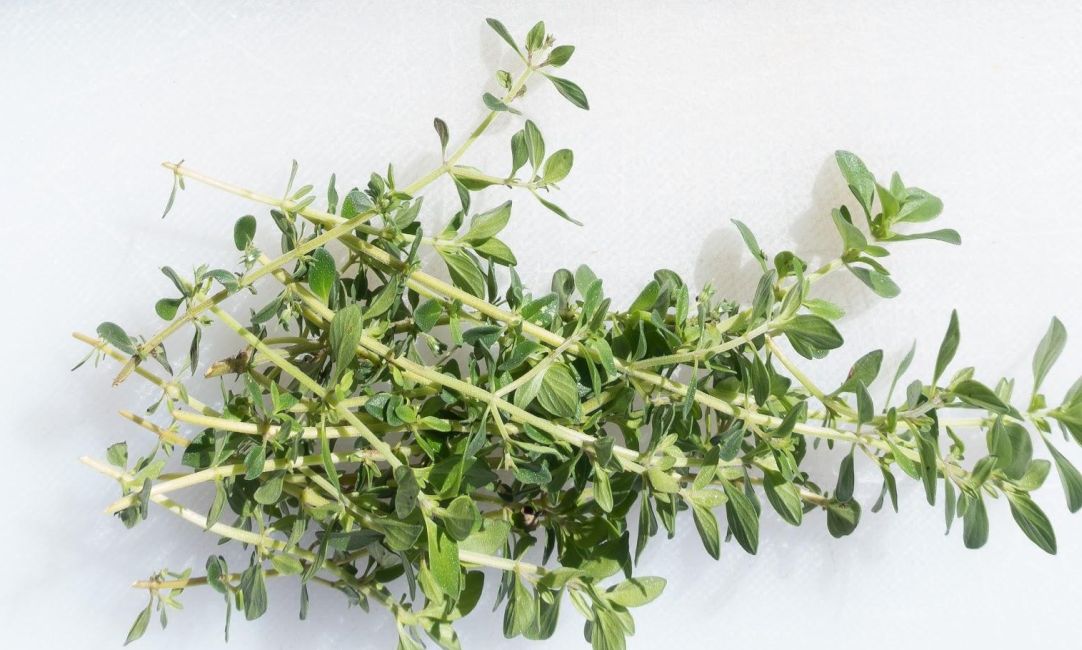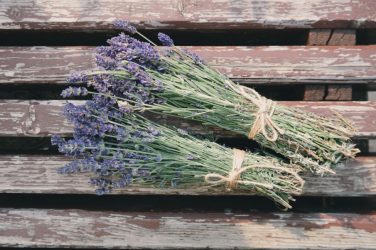by Quinn K Dyer
Know it:
Oregano is often confused with marjoram; historically and linguistically.
Sometimes oregano is touted as ‘wild marjoram’. And in many historical texts simply label them both as marjoram.
Both have similar attributes; they can both be used for protection, love, or happiness spells.
Because of the plant’s tendency to cross pollinate the oregano family is a tangled web of hybrids and varieties. It’s easiest to distinguish by its taste.
Science helps us here by identifying carvacrol, the chemical that gives oregano its distinctive taste. Both marjoram and oregano contain this chemical.
Grow it:
There are many varieties of oregano; some are only ornemental.
The Greek variety is the best for cooking. Younger plants provide better tasting greens; under 4 years. Harvest before or during bloom. Use leaves and flowers, but not the steams.
Likes the sun and well draining soil; it does not like wet roots.
It does great in pots; it’s long tendrils spill beautifully over the edges. The long trailing growth also makes good ground cover. Trimming back these tendrils encourages growth.
Will grow all year in mild climates. Will die in cold weather, but is self seeding and should come back in the spring as long as you leave flowers.
Can be started from seed or cuttings from established plants.
Seeds need sunlight to sprout. To start a plant from a cutting simply, cut a stem a few inches long from the established plant.
Strip the leaves, leaving only the top four. Put the stem in a container of water; making sure the leaves stay dry.
Leave the container in a sunny spot and in a few days you should see the new roots beginning to grow.
In about a week, these roots will be a few inches long and ready to be planted in dirt!
Grow near your home for protection; it’s a good companion plant for nearly any vegetable in your garden.
Use it:
Historically oregano and marjoram were used for bathing and cleaning.
Natural antifungal and antibacterial properties account for some of oregano’s protective capabilities. Add oregano to a smudge stick for protection or to help purify the room after illness.
In fact, an herbal bath with sprigs of oregano or essential oils has beneficial magical and medicinal effects.
A steamy bath with thyme and oregano is wonderful for colds and respiratory infections.
Use in a bath to attract love along with rosemary, lavender, or catnip.
Oregano can be used in wreaths, garlands, or crowns for altar decorations or offerings. Use along with rosemary in handfasting rituals to grant fidelity and joy to the couple.
It also has associations with spirits; it’s said to help the dead sleep peacefully. And letting oregano grow on a grave will ensure that the deceased is happy in the afterlife.
Oregano makes for some potent kitchen magic. It’s used in many Greek and Italian dishes including pizza, pasta sauce, or lamb. You can use it fresh or dried.
The smell is supposed to help you forget past lovers; so do yourself a favor and order a pizza.
It dries easily for storage. Its taste improves after being dried.
Just bake at a low setting (170 F) for about an hour, or until leaves are crumbly. Store in an airtight container for year round use.
Oregano’s money drawing aspects can be harnessed by placing a spring in a change jar or a few leaves in your wallet.
The money drawing aspects can be amplified by using it with thyme, mint, or other money drawing herbs; especially during a waxing moon.
IN CONCLUSION
If this essay resonates with you, please join our WITCH email list by using the forms on this website so we can stay in touch.
About the Author:
 Quinn K. Dyer is a native of Philadelphia, born under Gemini, a witch and a wanderer. She currently spends her time writing and creating art. Check out her website and Instagram.
Quinn K. Dyer is a native of Philadelphia, born under Gemini, a witch and a wanderer. She currently spends her time writing and creating art. Check out her website and Instagram.
featured image via Canva









